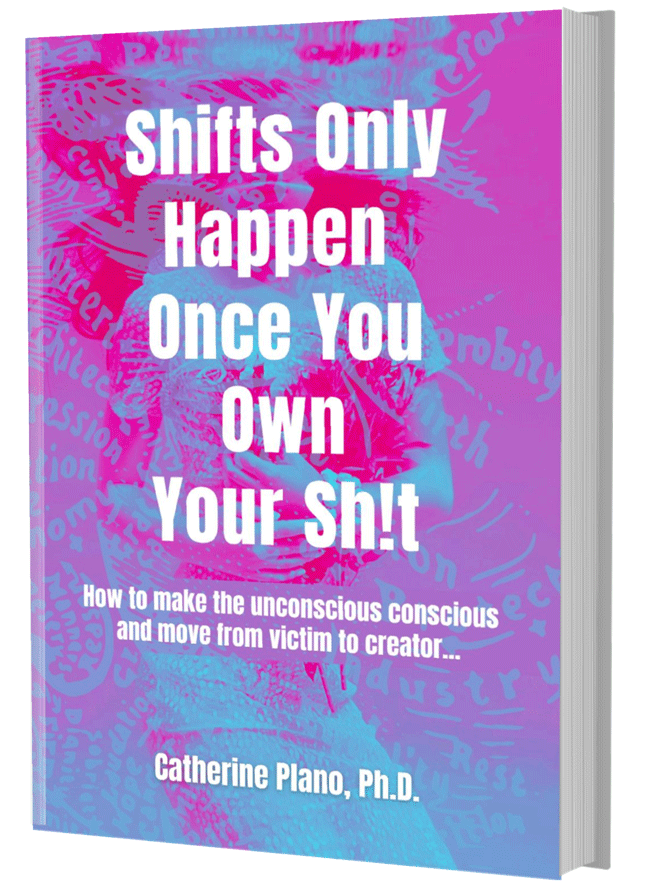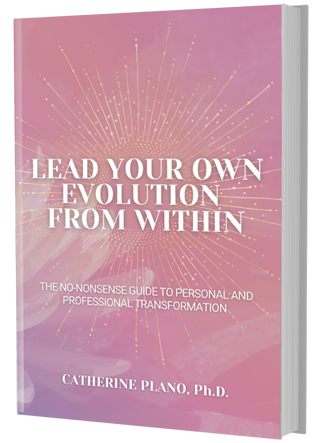“Your comfort zone is a beautifully decorated prison. It promises safety but costs you freedom. The moment you choose discomfort is the moment you choose to meet your most radiant, untamed self.” – Catherine Plano
There’s a box. And it has your name on it.
You know this box. You’ve decorated its walls with comforting routines, filled its drawers with well-rehearsed excuses, and bolted its door with stories you whisper to yourself under the covers.
It’s soft. Familiar. Smells faintly of lavender and old dreams.
It’s the place you crawl into when life feels too big, too uncertain, too wild.
But what if I told you this box—the one that shields you from discomfort—also keeps you from everything you secretly long for?
I know this box well. I once lived inside one so long I began mistaking it for the whole world. My box was lined with “shoulds”—I should be grateful, I should stay quiet, I should avoid the risk of failure at all costs.
Then one evening in Bali, sitting cross-legged on a weathered mat, I listened to a Balinese healer tell me: “Your cage is made of silk. It feels soft, but it is still a cage.”
I remember staring into his eyes, flooded by the truth of it. He was right. I had grown so attached to comfort that I had stopped living.
And here’s the quiet tragedy of it all: while the box protected me from heartache, it also muted the thrill of being wildly, imperfectly, breathtakingly alive.
Here’s the paradox: the box you cling to for protection is the very thing suffocating your magic.
The Many Shapes of Our Boxes
The box wears many disguises:
- The Perfectionist Box: Where only flawless efforts count, and mistakes are unbearable.
- The Imposter Box: Where you wait for permission to be “enough,” gathering degrees, titles, and validation before daring to step forward.
- The Pleaser Box: Where you contort yourself into shapes that make others comfortable, while silencing your own desires.
- The Control Box: Where uncertainty is terrifying, and the unknown feels like failure before it even begins.
Sophie’s Story: The Perfectionist’s Prison
Sophie, a client of mine, once described her life as “a treadmill set to sprint.” She was forever racing toward excellence—exhausted, over-performing, terrified of being seen as less-than. The idea of slowing down or making a mistake was unthinkable. But the cost? Burnout. Missed sunsets. A life passing her by at warp speed.
When Sophie finally stepped off the treadmill—daring to do something messy, daring to rest—she cracked open her box. And in the quiet discomfort of stillness, she found herself.
Daniel’s Story: Scarcity and the Vineyard Dream
Daniel had dreamed of owning a vineyard in Tuscany since he was twenty. But scarcity built his box. The “be safe” mantra from his parents echoed in his ears long after they were gone. So, instead of vineyards, Daniel chose spreadsheets and boardrooms.
Until one late autumn, he visited Italy on a whim. Standing barefoot in the dewy grass, wine-stained lips and heart pounding, he felt something stirring. His box began to wobble.
It wasn’t long after that Daniel leased a small plot of land. Fear still sat at his table—but this time, so did courage.
The Neuroscience Behind It All
Neuroscience tells us that the amygdala, the brain’s fear centre, sounds the alarm whenever we step outside what is familiar. But neuroplasticity shows us that every time we engage with discomfort, we create new neural pathways that literally make us braver, more adaptive, and more creative.
Discomfort is not the enemy. It is the classroom.
In fact, a study from Yale University found that people who regularly step outside their comfort zones experience greater emotional resilience and problem-solving abilities over time.
My Story: The Solo Dinner
I’ll never forget the night I took myself to a candlelit restaurant in Paris, determined to be brave and eat alone. My palms were slick with sweat as the waiter pulled out a chair. I felt exposed, like every eye in the room was watching me. For the first twenty minutes, I could barely taste my food—drowning in thoughts of judgment and loneliness.
But then… a shift. The candle flickered, the wine loosened my shoulders, and the quiet hum of conversations around me became a symphony instead of a threat. I had crossed a threshold, from discomfort into exhilaration.
I walked home beneath Parisian lamplight that night, feeling utterly alive.
Practical Magic: Tiny Leaps Outside the Box
Here’s the thing: you don’t need to blow up your life to step outside the box. You just need to tilt the door open a crack.
- Say yes to the coffee date that makes your stomach flutter.
- Sign up for the class that excites and terrifies you in equal measure.
- Wear the bold lipstick. Take the detour. Speak up, even when your voice trembles.
These small, deliberate acts create ripples. And each ripple expands your world.
Because the more you choose discomfort, the more you realise it’s not discomfort at all—but aliveness knocking at your door.
So, here’s your invitation.
Take one step today. Whisper your dream aloud. Book the ticket. Share the secret hope you’ve kept hidden.
Your box will protest. It will offer you warm blankets and all the old familiar fears.
But look beyond it. There, on the other side, is where the real you live—the version of you who is brave, boundless, and bursting with life.
Thank the box for keeping you safe. Then leave it behind like a chrysalis, and step barefoot into the unknown.
Because outside the box?
That’s where the story gets good.





